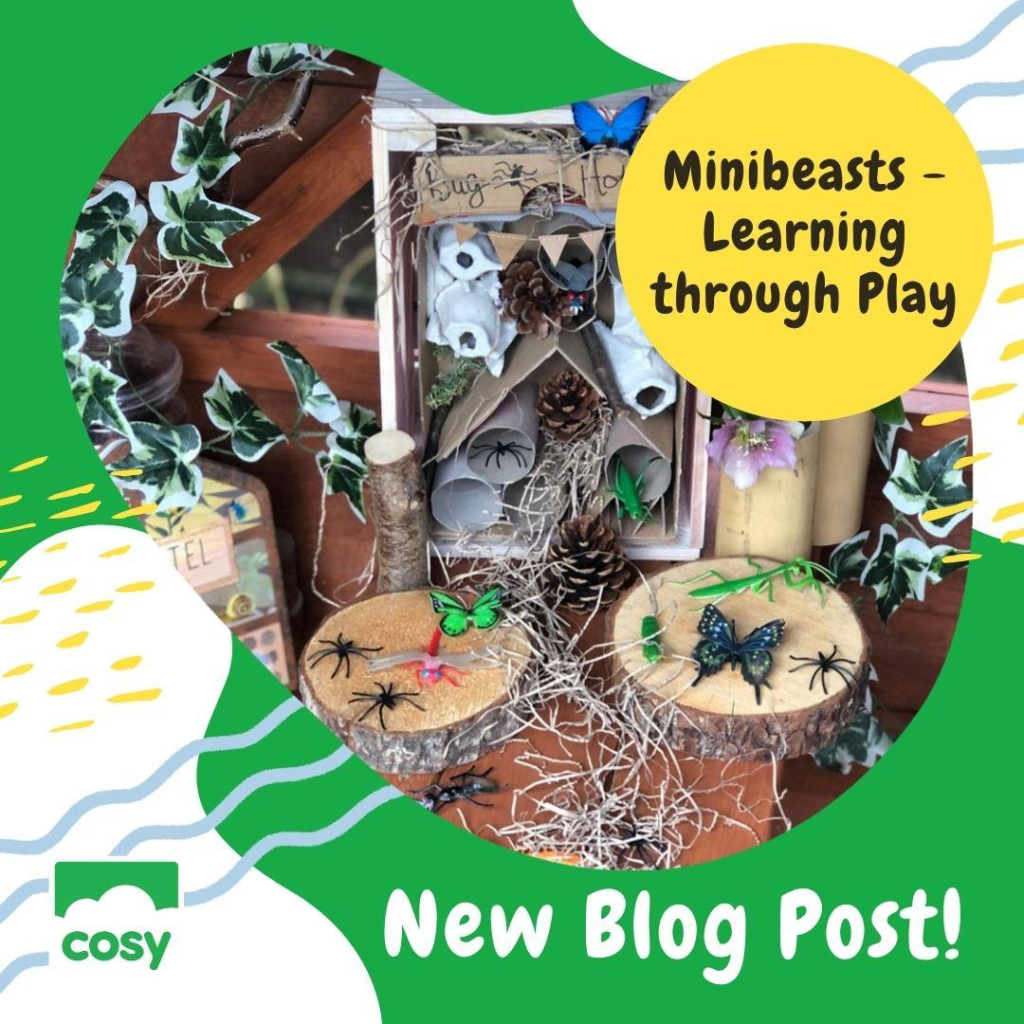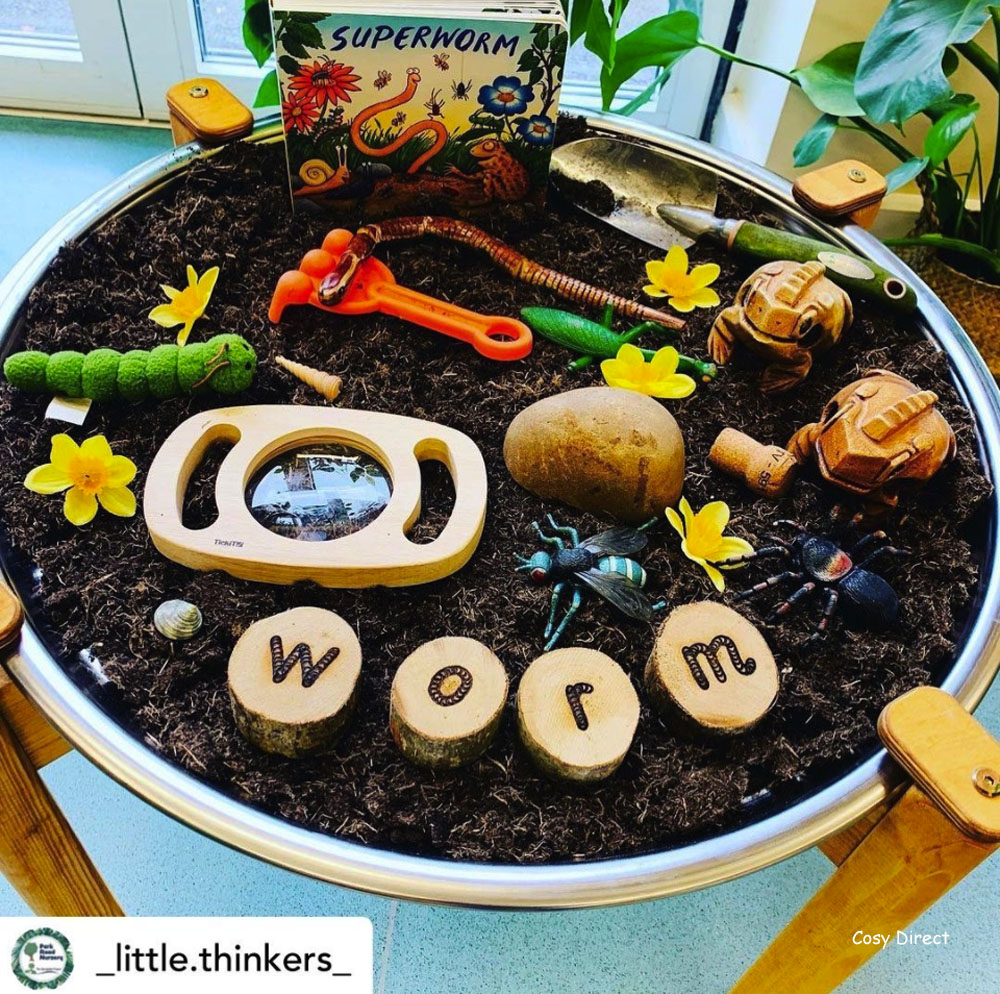Minibeasts - Learning through Play
Enjoying an interest in minibeasts and learning through play, whether in a setting or at home, is a great way to embrace hands-on, practical learning in a playful way. What’s great is that to hunt for minibeasts, we need to be outside so not only are we enjoying this focus but getting fresh air at the same time. This means there is only one thing for it – grab your coat and wellies and head outside!
When exploring a focus on minibeasts, it’s a great way to link to all seven areas of learning in the Early Years Foundation Stage.
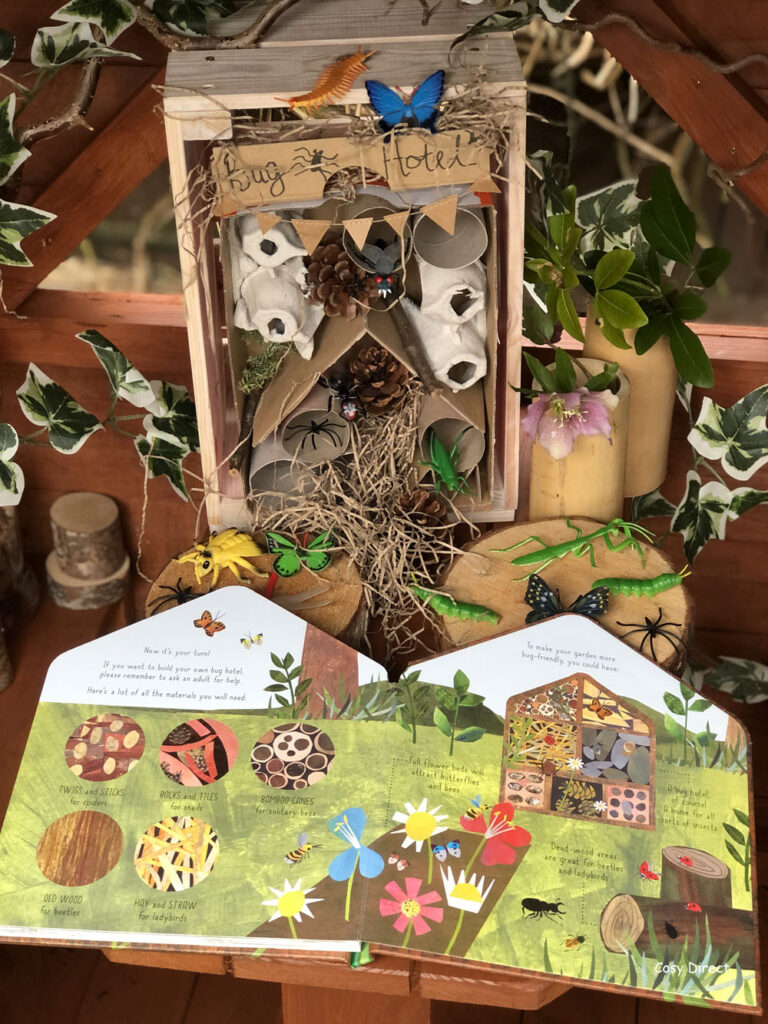
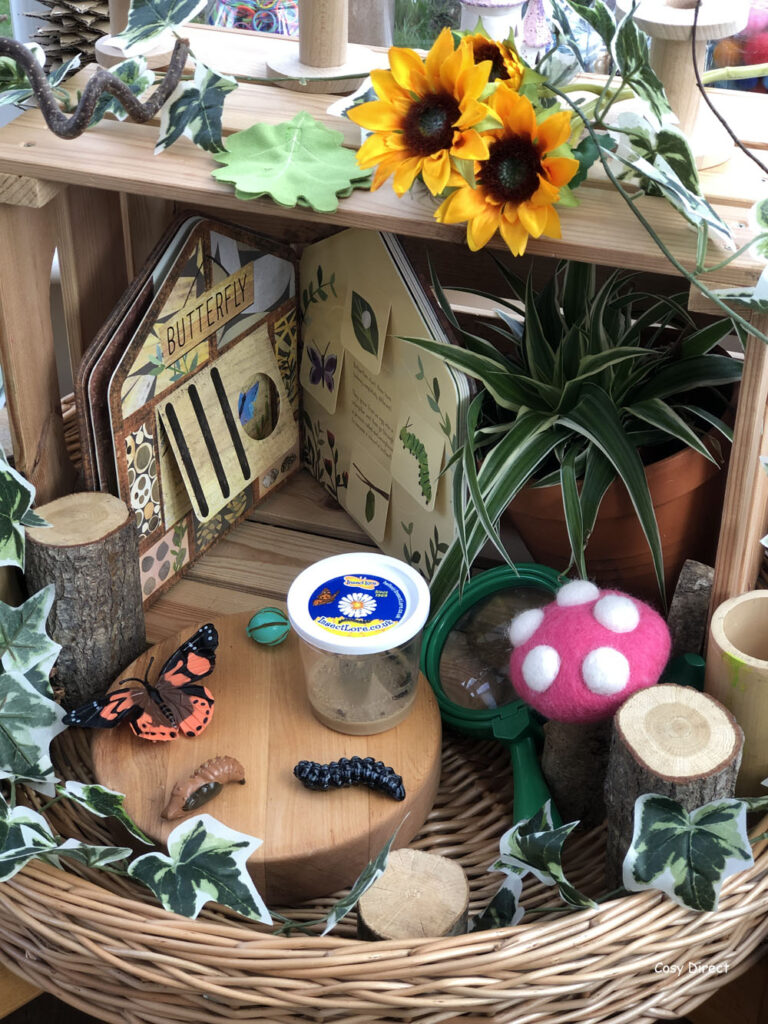
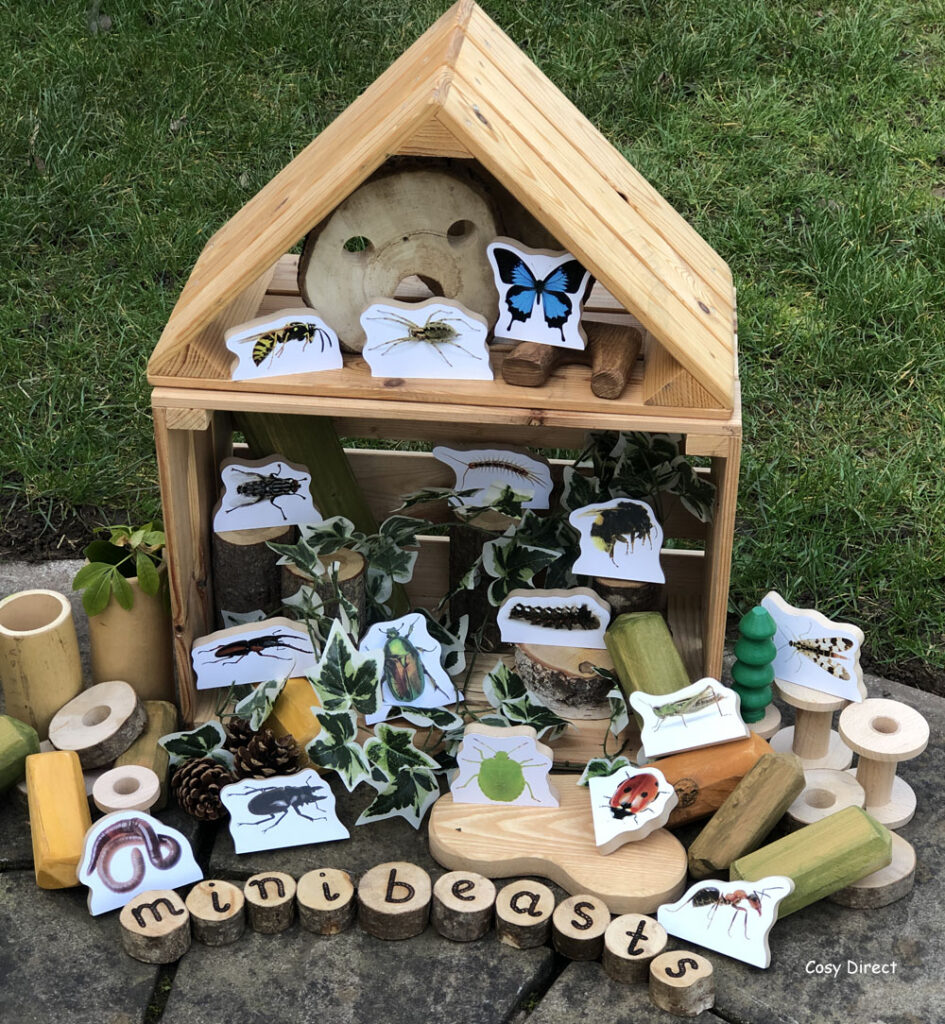
We can begin by thinking about the language we are using when hunting for minibeasts. As we think about where to look, we can bring in positional language, such as on, under, opposite, behind and next to. When you do find some, children are sure to be fascinated, which draws them in and sparks their curiosity. It starts with the anticipation of what we might find and where. This can be used as a time to share ideas and make guesses – will there be minibeasts under the log? What sort? How many?
When you find a minibeast or, if you’re lucky, a collection, the learning opportunities begin in abundance. These are sparked by the children’s interest and curiosity, making it rich and meaningful. There is so much to spark conversation – size, patterns, shapes, colours.

Using a bug identification sheet or an internet search, we can work out what they are. This helps us begin to notice their characteristics and then be able to categorise them, eg. Which ones have legs? How many have stripes?
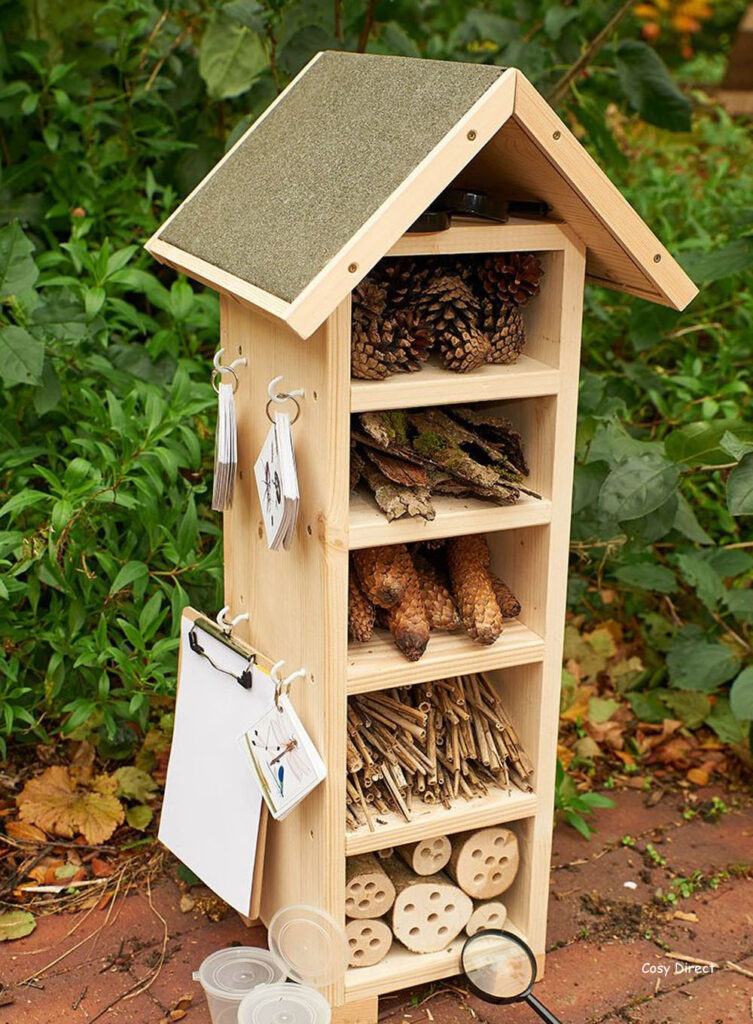
Hunting for minibeasts is a great conversation starter amongst children. With an increased focus on communication and language development in the revised Early Years Foundation Stage, opportunities to engage in talk are more important than ever. Finding a slug, spider, ladybird or millipede is a huge moment for a young child. That sense of accomplishment combined with sheer fascination. And what do you want to do when you’re excited? You want to share it with others! This interest will inspire children to share their finds, talking about where they found them, what it looks like, what colour it is, the patterns and how big it is. It’s a great way for us, as educators, to model language too. A ladybird becomes a ‘spotty ladybird’, a worm ‘a long wriggly worm’ and a snail ‘a slippery snail’. From this, we can also bring in alliteration, building in elements of literacy in a fun, playful way.
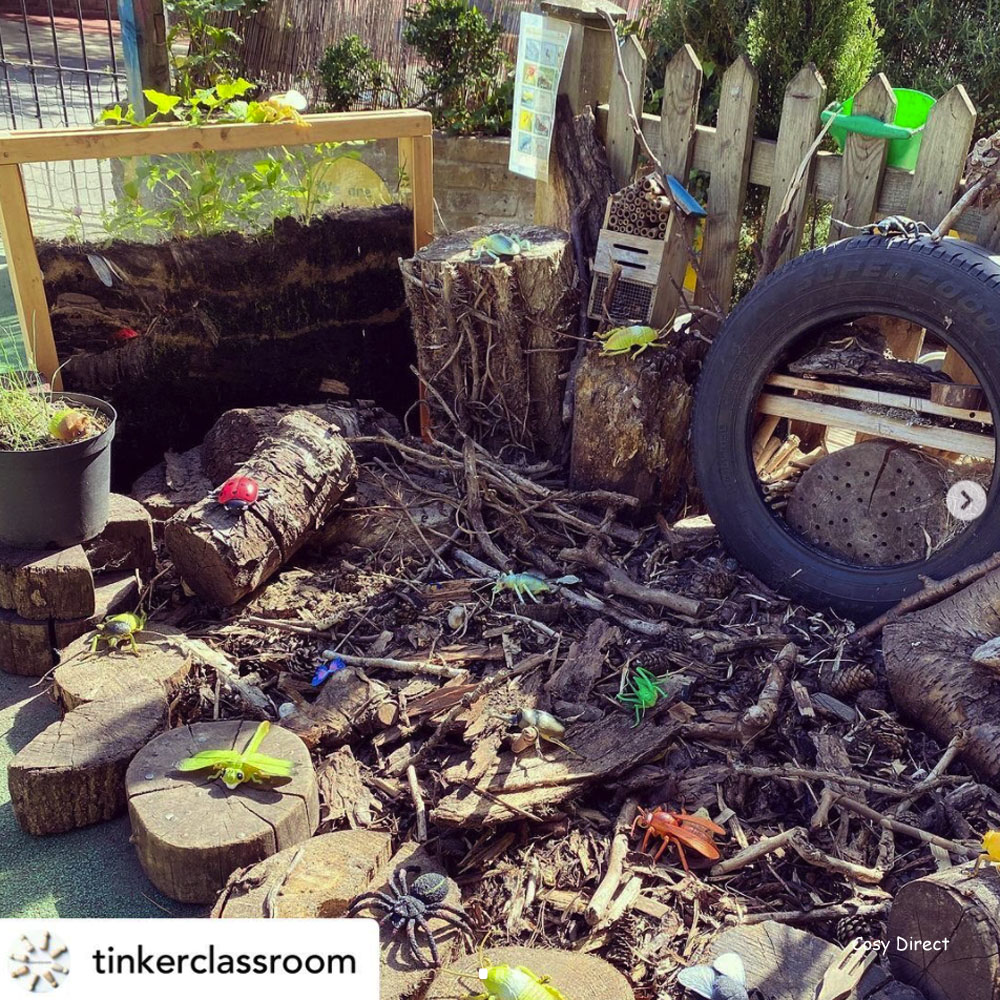
Being hands on with nature is a perfect time to think about habitats, what minibeasts need to survive and the life stages. We all know how fascinated children are to learn that a caterpillar turns into a butterfly!

It’s also important to discuss our role in supporting minibeasts and helping them to thrive. We need to remember to be respectful and careful, understanding that they are living creatures. Children need to learn to be careful when looking for and handling them and always returning them back to where they were found. You could extend this further by creating an outdoor area specifically for attracting minibeasts. May be you could plant some wildflowers, build a bug hotel and have rocks and logs for insects to hide under.
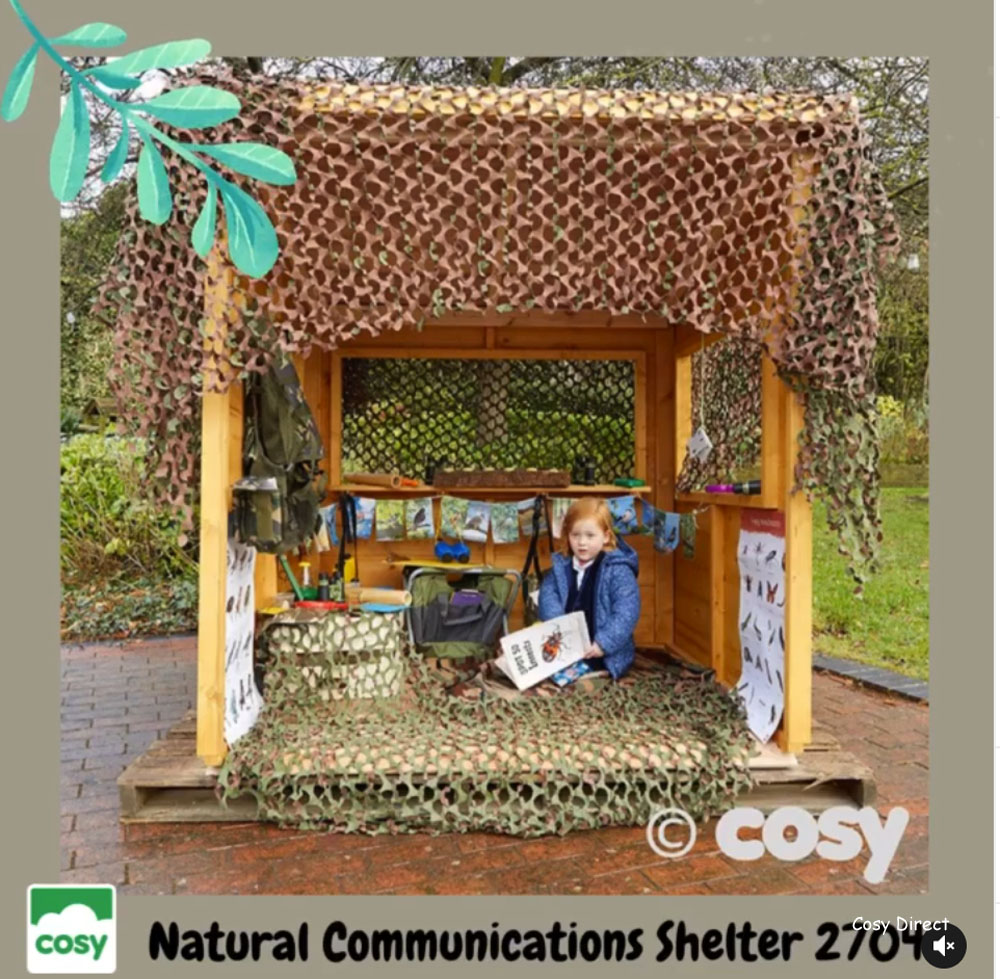
A minibeast focus can extend through in play from a hunt in the outdoors. This type of play tends to evolve naturally from the existing interest in bugs, There are a myriad of activities you can facilitate which link to this interest and can extend play and learning skills. From making a bug hotel, to exploring butterfly symmetry and creating play dough worms. Another idea is to set up a small world invitation to play to engage and inspire children. Small world play is great for imaginative play, social play, developing a narrative and practising fine motor skills. It is so versatile that it can be set up anywhere – indoors or outdoors, on a table or the floor, in a tyre or a tuff spot. There are some staple resources you can source for any time there is an interest in minibeasts or something similar.
These include:
- Pine cones
- Stones
- Artificial grass
- Logs
- Wood slices
- Magnifying glasses
- Insect small world toys
- Life Cycle resources
- Mini Beast Stones or wooden Lozenges
- Identification posters
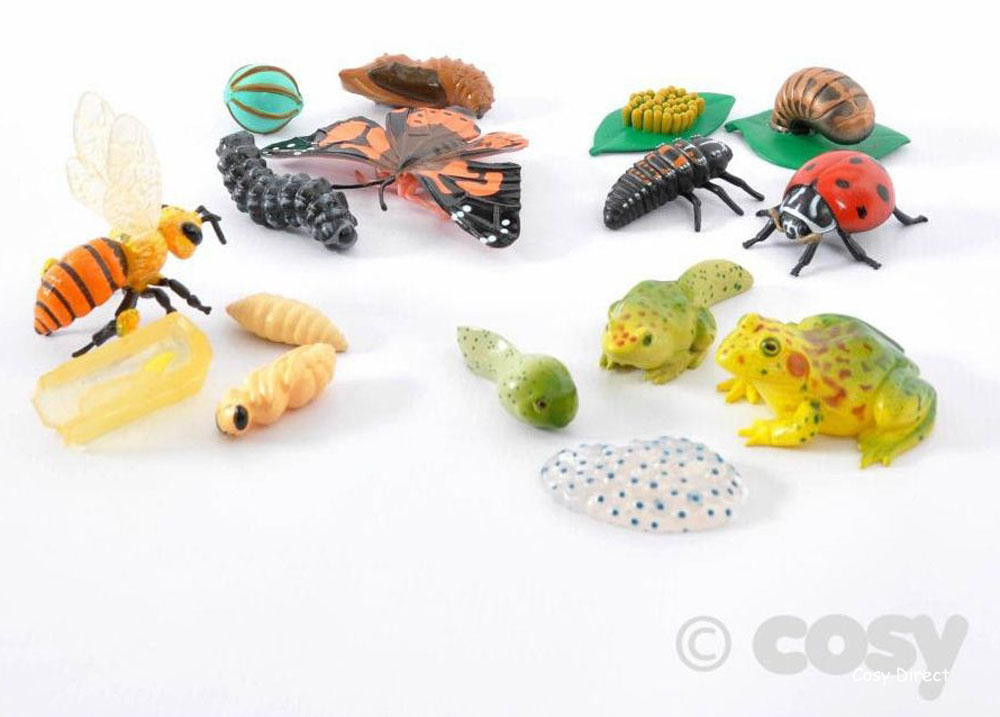
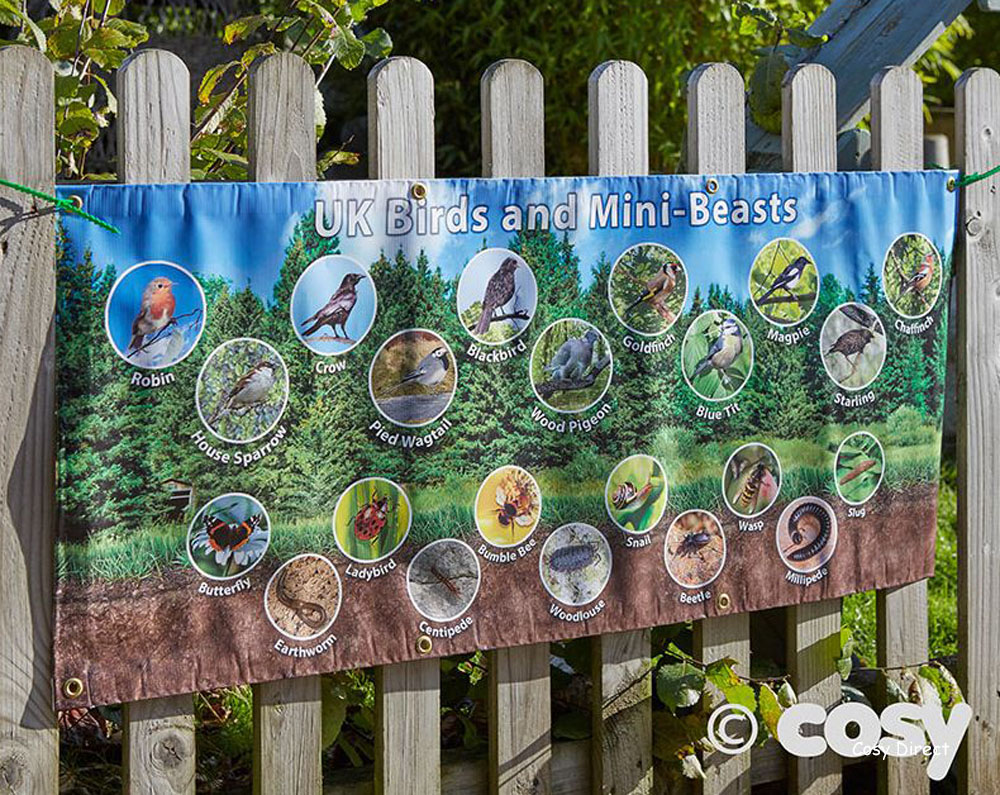
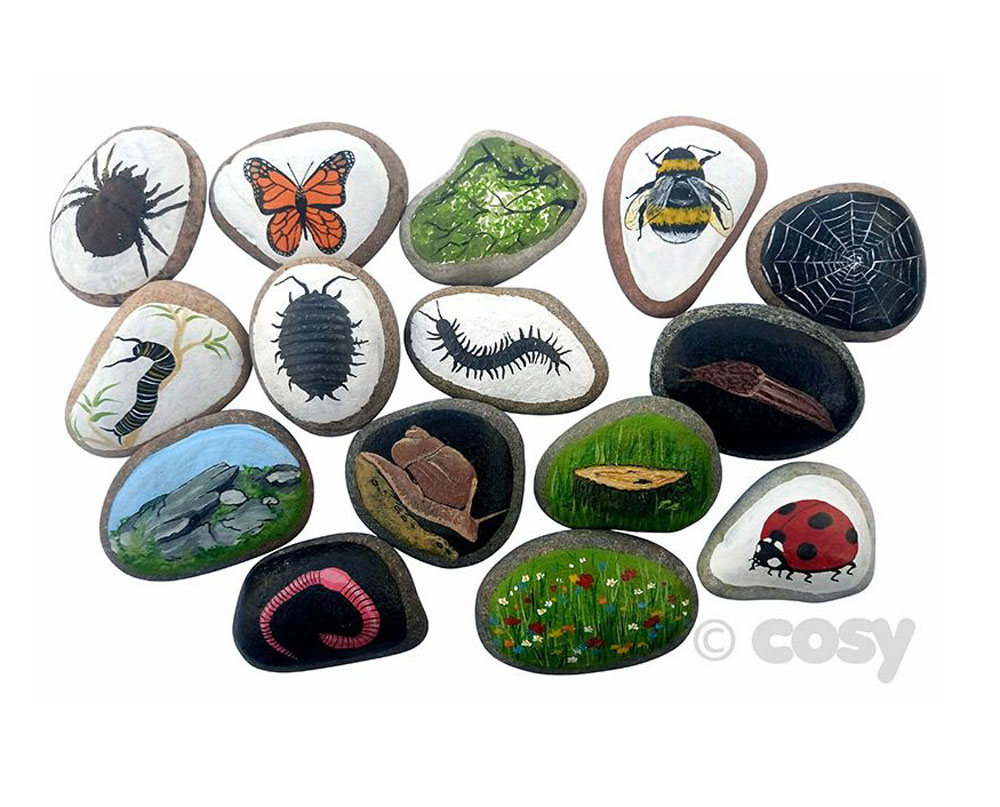
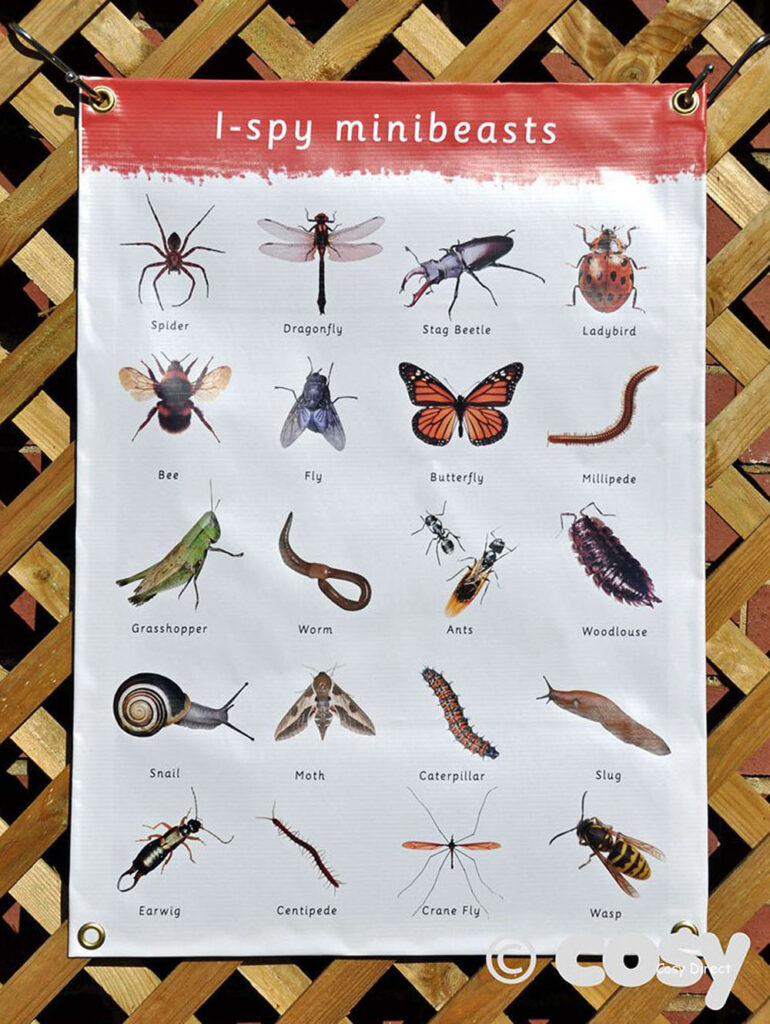
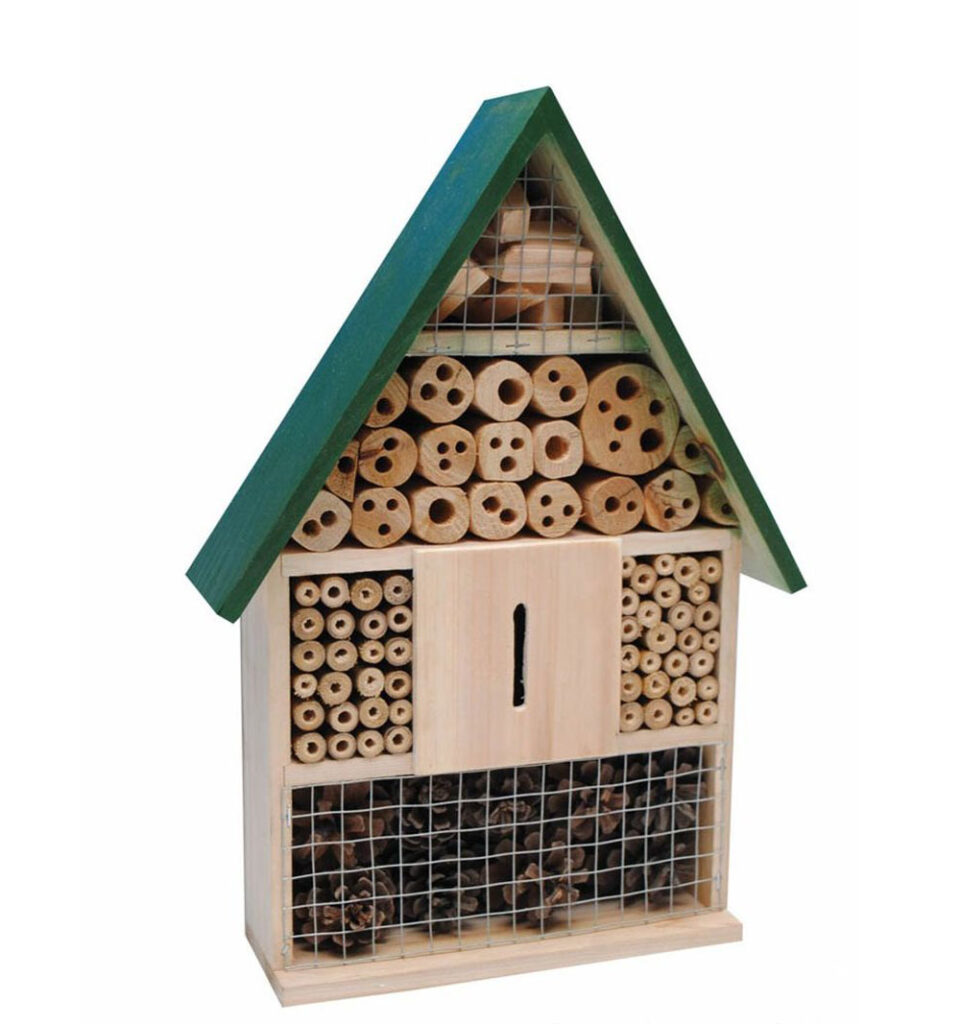
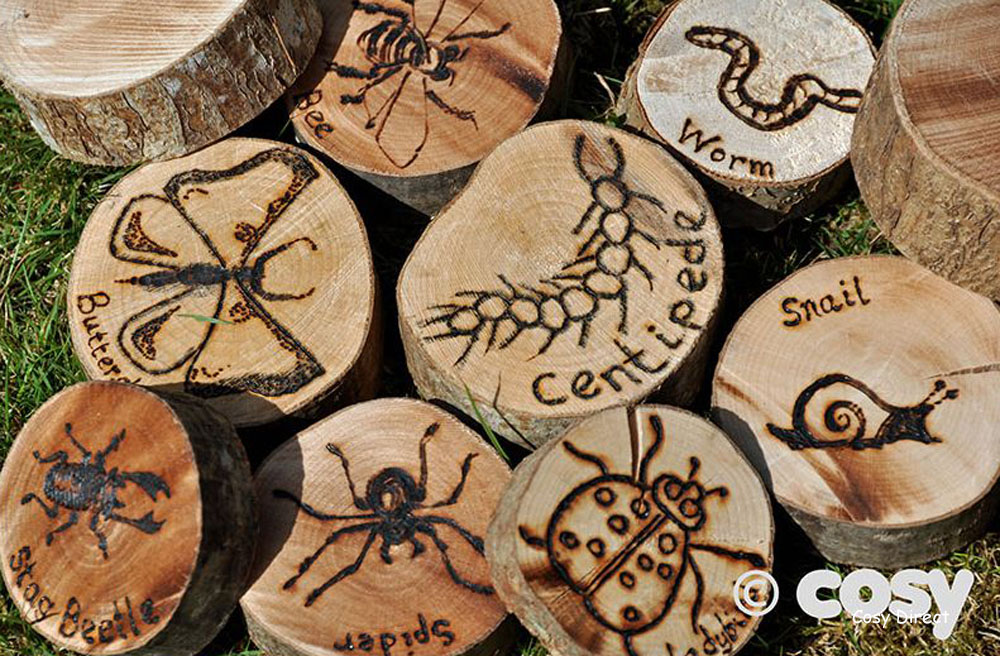
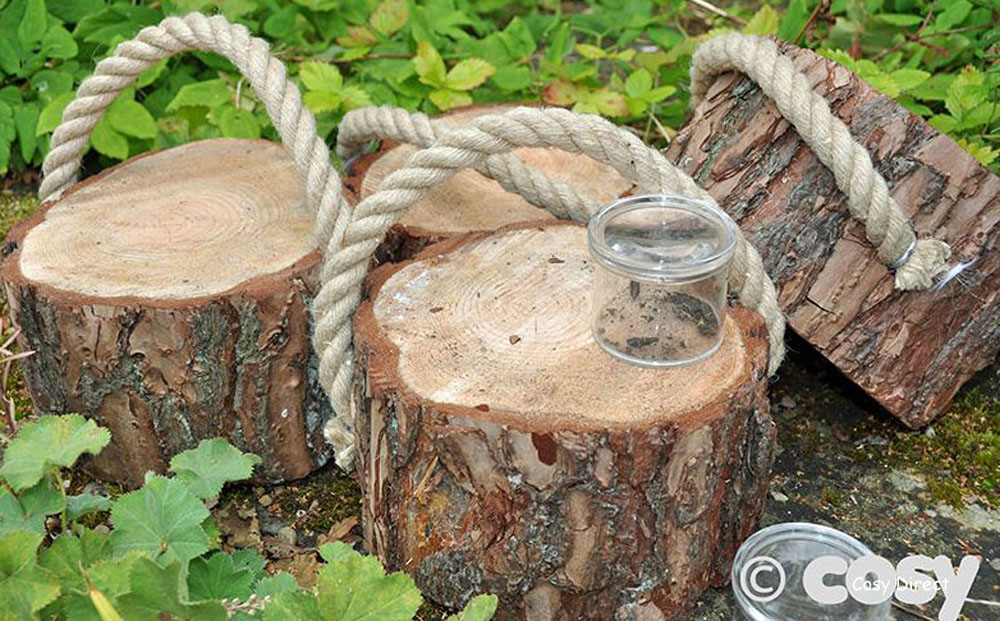
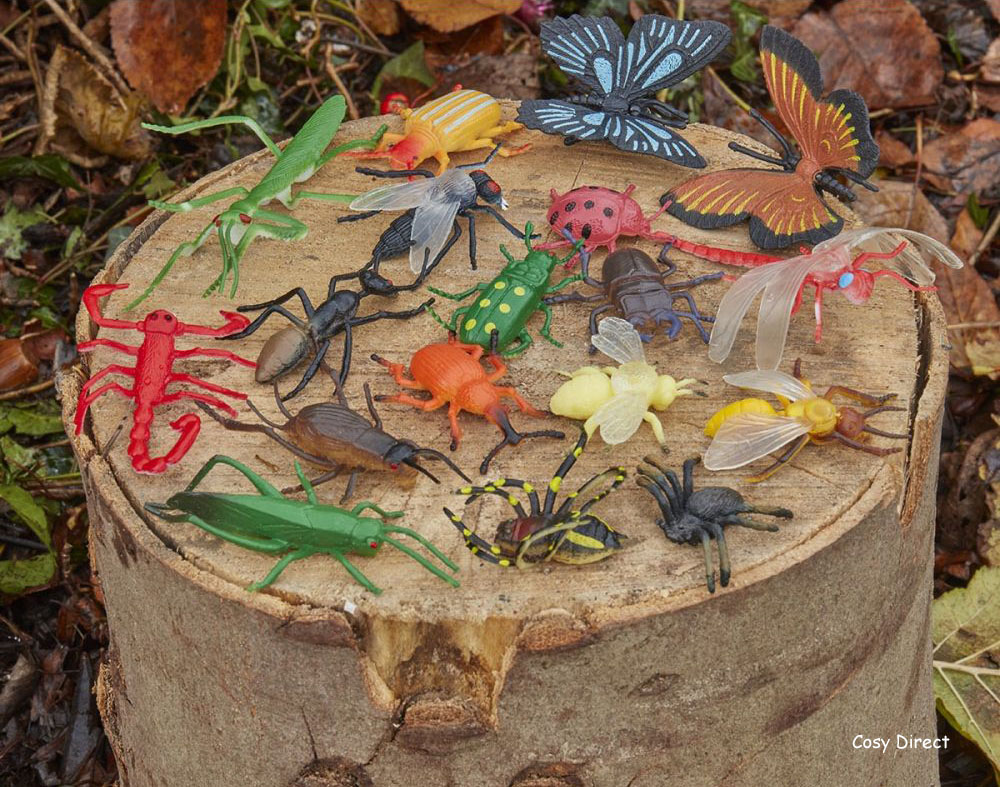
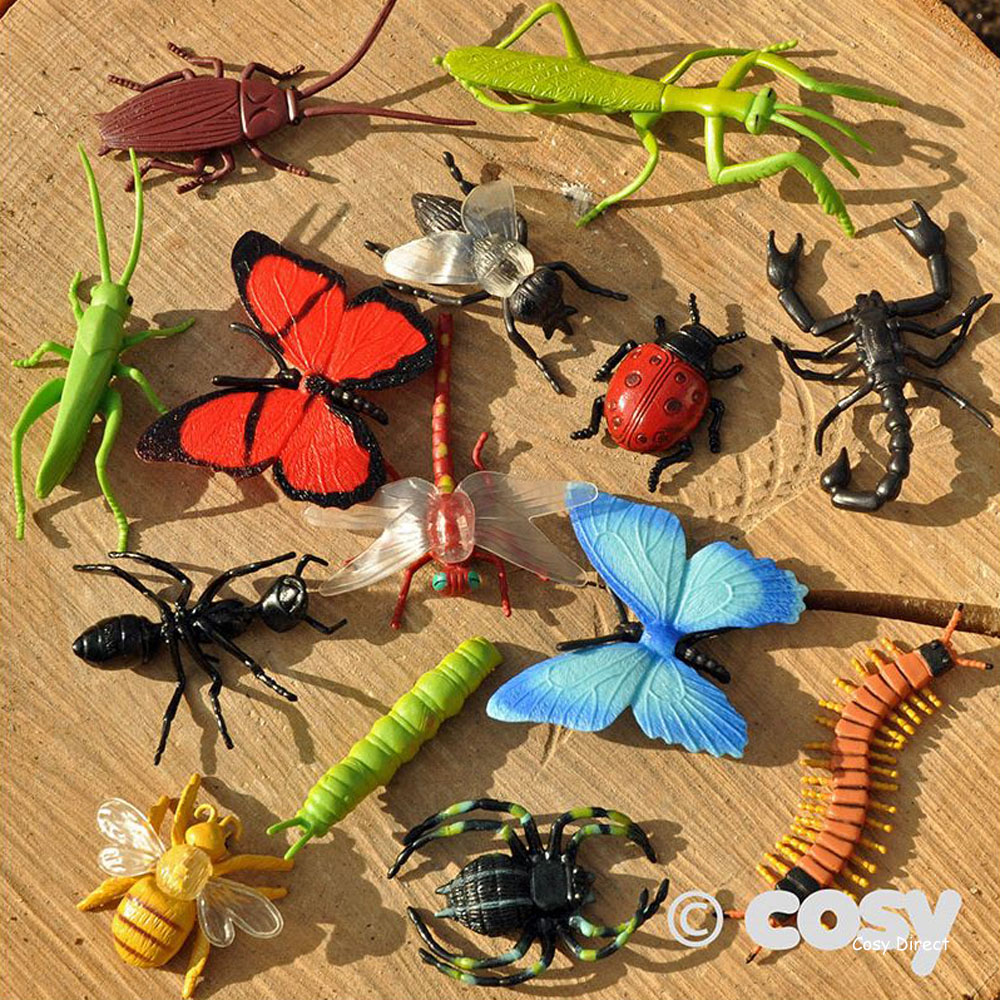
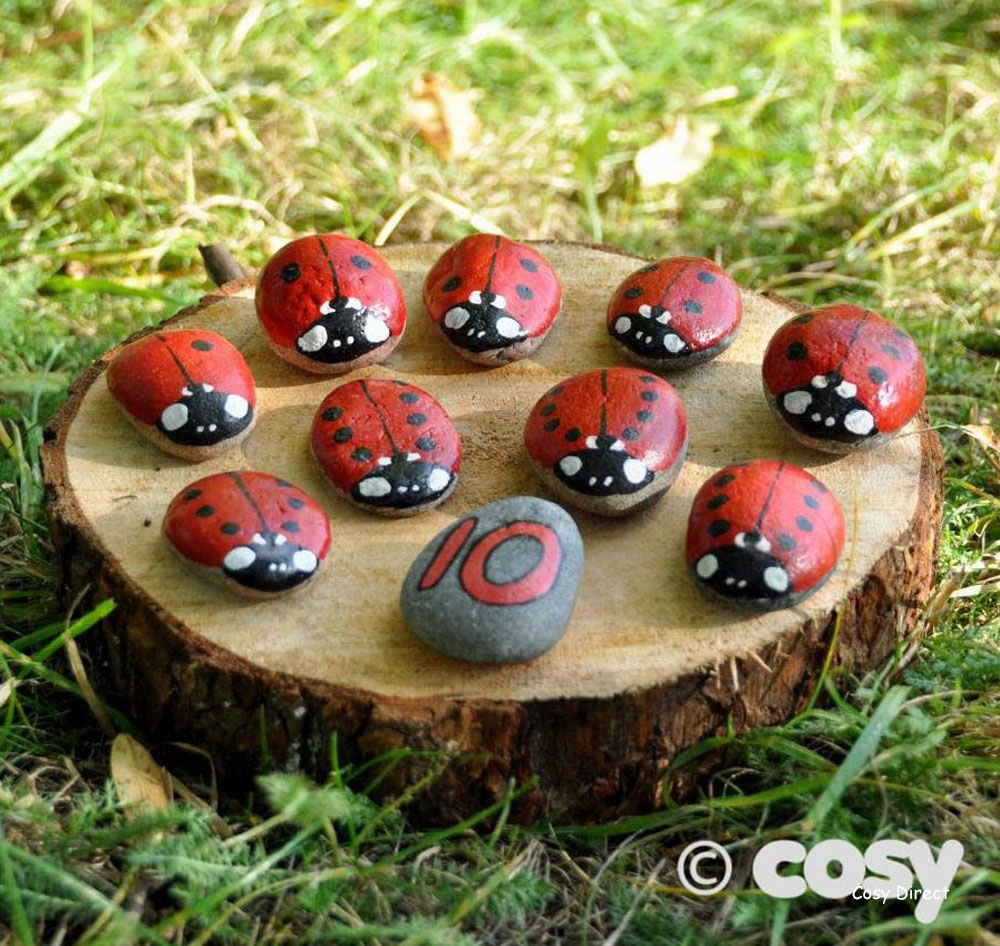
It’s a good idea to include a minibeast themed book alongside your play. This can inspire children to engage in the text and illustrations, whether it be fiction or non-fiction. Minibeasts - Learning through Play.
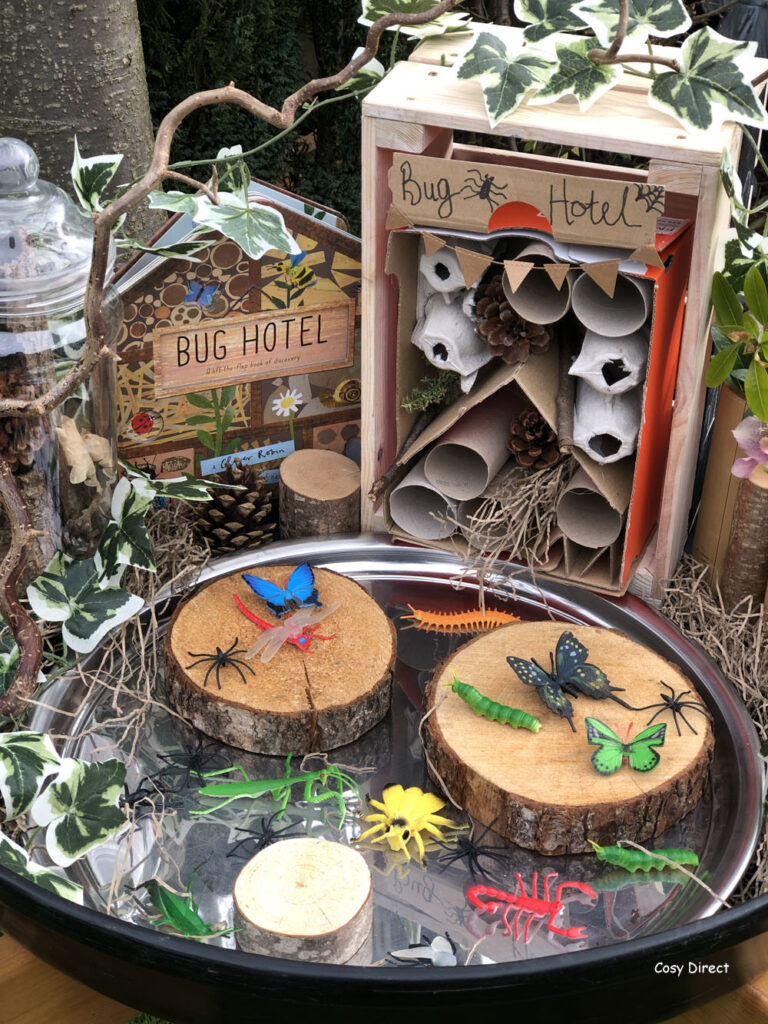
There are some incredible books which link to minibeasts and here are a few suggestions:
- The Very Hungry Caterpillar
- Yucky Worms
- Super Worm
- The Big Book of Bugs
- What the Ladybird Heard
- Bee and Me
- Bug Hotel
- Lucy Ladybird
- The Snail and the Whale
- Snail Trail
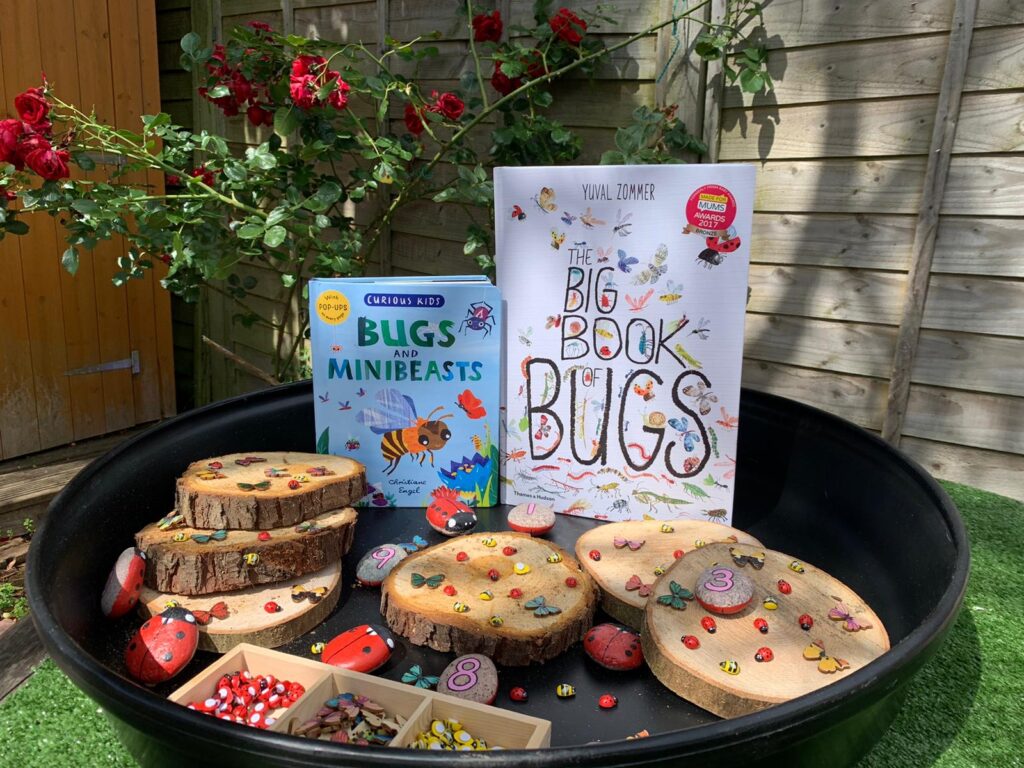
Learning about minibeasts always seems to be an engaging focus for Early Years and beyond. Who knows why children are so fascinated by them! Perhaps one of the reasons is that we, as educators, enable children to see awe and wonder, even in the smallest things.
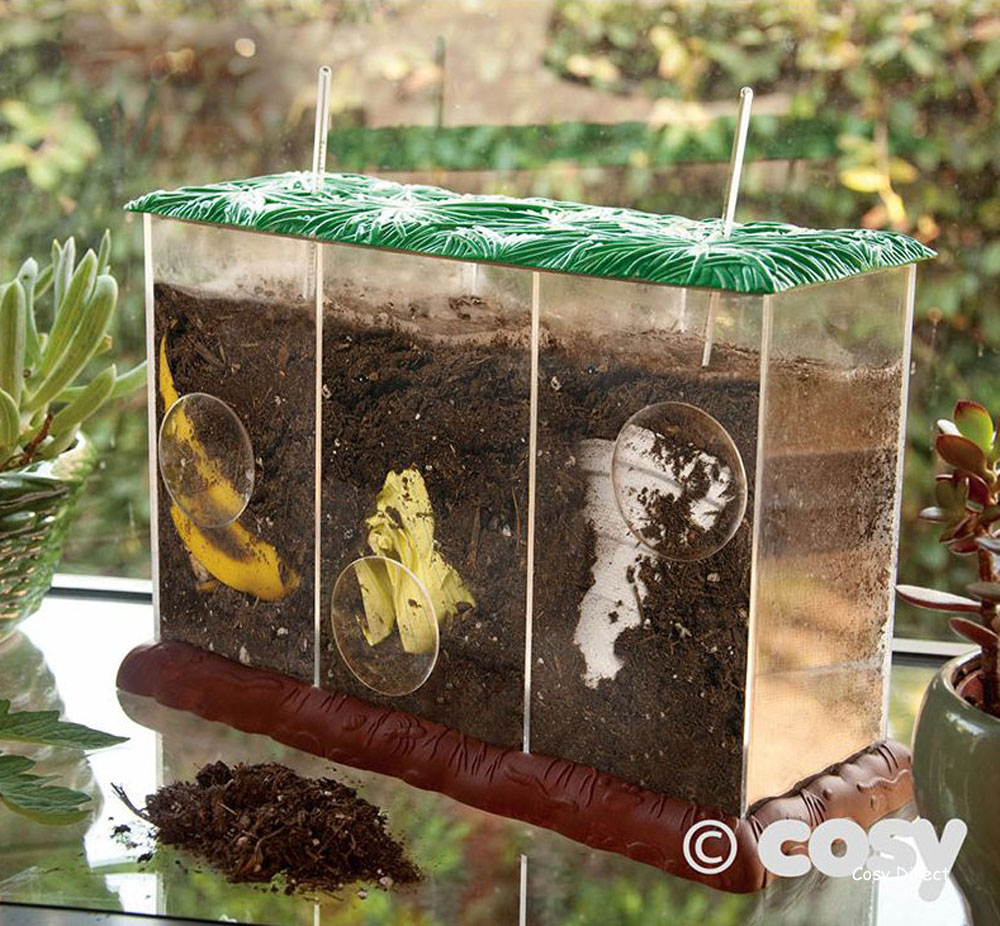
Don’t forget to share your Minibeasts - Learning through Play ideas and set ups with us on our social media channels: @CosyDirect #CosyDirect #CosyClubIdeas #CosyTrayPlay
Facebook: https://www.facebook.com/cosydirect/
Twitter: https://twitter.com/cosydirect
Instagram: https://www.instagram.com/cosydirect/
With thanks to The Cosy Creatives and our Cosy Club Members for this blog post.


